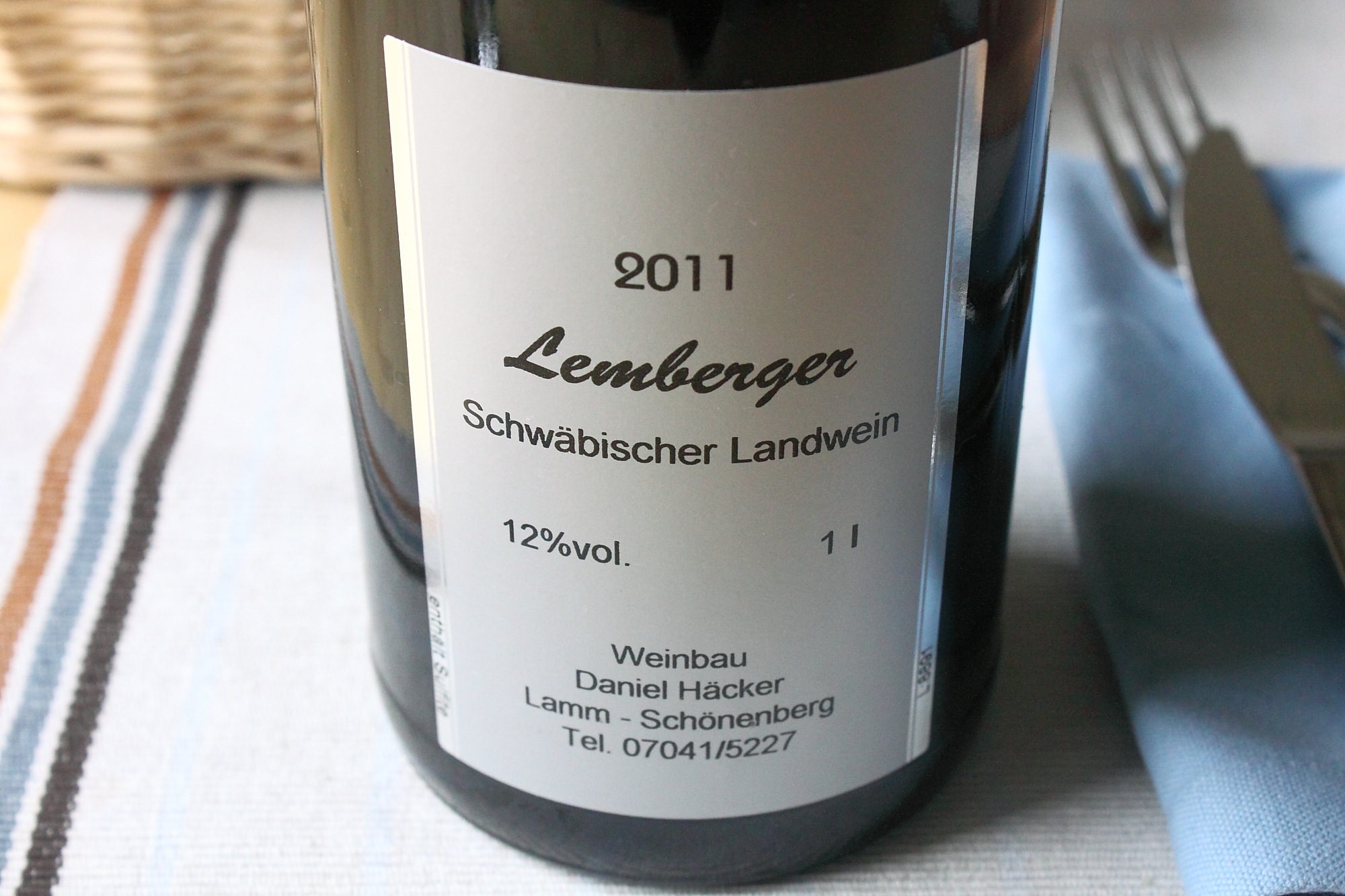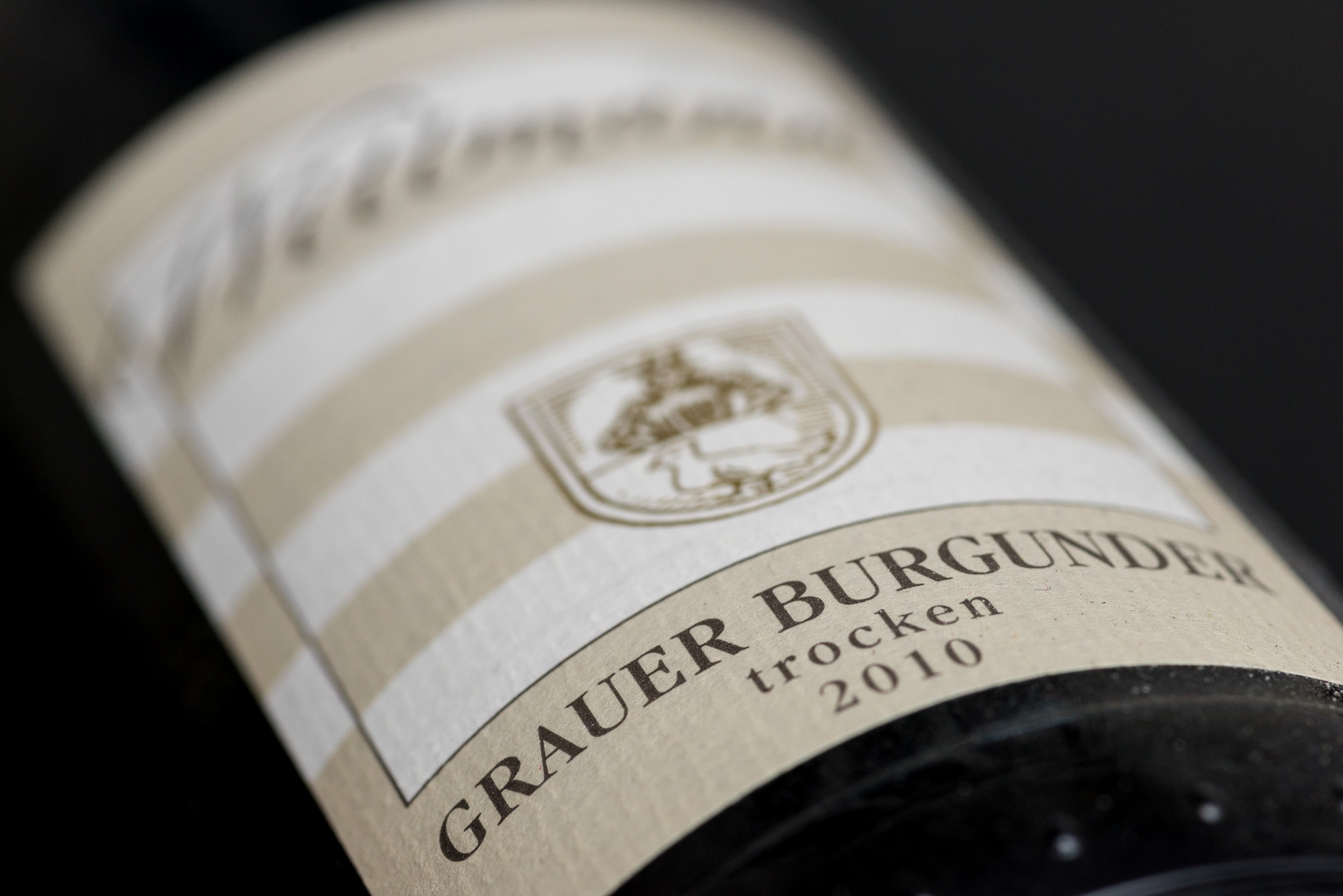At times, I am quietly envious of my fellow Wine Rambler, who recently won British citizenship. I sometimes think I was born into the wrong country, as I rather fancy I would make a passable Brit myself. Case in point: I get acutely embarrassed in situations that nobody else would find even mildly troubling. When strolling through the heart of Munich recently, I stepped into the Dallmayr wine department on an impulse to see if any exclusive and glamorous new discoveries were on display. Having looked around and seen what I had come in to see, it suddenly occurred to me that I could not possibly leave without buying something (that would have been embarrassing, you see, because the shop assistants would form all kinds of disadvantageous opinions about me). Dallmayr, on account of their general adventurous pricing and the kind of impulse shopper they cater for, is not the best place to have a fit like this. At least I was sane enough to not want to leave a lot of money, so, fighting a rising sense of completely self-induced panic, I was relieved to find this bottle from my very favourite German winery lying invitingly beneath a fine cover of dust.  I already knew its story: 2006 had been so poor a vintage in Baden that Hans-Peter Ziereisen, quality-obsessed ruddy-cheeked devil that he is, did not want to bottle either his usual top-of-the-range Pinot Noir nor his varietal Syrah. His solution: Mix the Syrah with Pinot Noir to make a mid-range cuvée that would be interesting, but no more than it claimed to be.
I already knew its story: 2006 had been so poor a vintage in Baden that Hans-Peter Ziereisen, quality-obsessed ruddy-cheeked devil that he is, did not want to bottle either his usual top-of-the-range Pinot Noir nor his varietal Syrah. His solution: Mix the Syrah with Pinot Noir to make a mid-range cuvée that would be interesting, but no more than it claimed to be.
Hence the completely unusual grape mix, hence the name, Zunderobsi being a lovely dialect term for "topsy turvy". This is classic Wine Rambler territory.


 However, it was not because of their noble lineage that I requested samples of the "Dachsfilet" (badger (mountain) fillet), but because this is noble Riesling made like red wine - fermented on the skin.
However, it was not because of their noble lineage that I requested samples of the "Dachsfilet" (badger (mountain) fillet), but because this is noble Riesling made like red wine - fermented on the skin.

 Price tag: below 4 €.
Price tag: below 4 €. I already knew its story: 2006 had been so poor a vintage in Baden that Hans-Peter Ziereisen, quality-obsessed ruddy-cheeked devil that he is, did not want to bottle either his usual top-of-the-range Pinot Noir nor his varietal Syrah. His solution: Mix the Syrah with Pinot Noir to make a mid-range cuvée that would be interesting, but no more than it claimed to be.
I already knew its story: 2006 had been so poor a vintage in Baden that Hans-Peter Ziereisen, quality-obsessed ruddy-cheeked devil that he is, did not want to bottle either his usual top-of-the-range Pinot Noir nor his varietal Syrah. His solution: Mix the Syrah with Pinot Noir to make a mid-range cuvée that would be interesting, but no more than it claimed to be.


